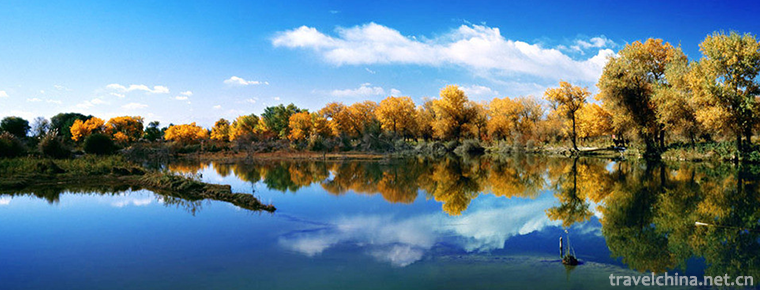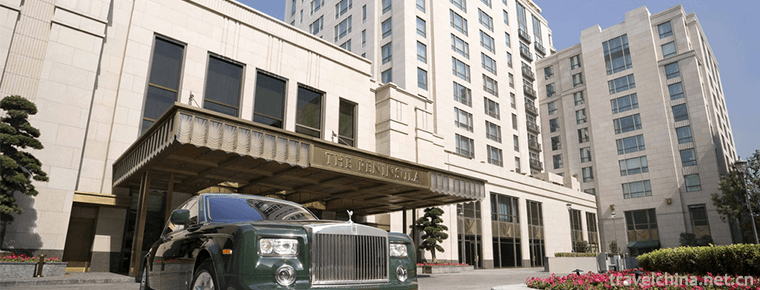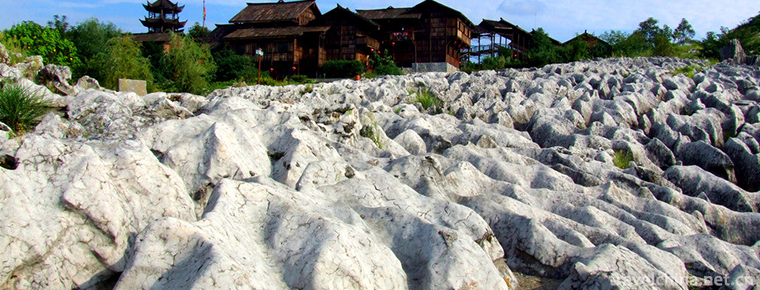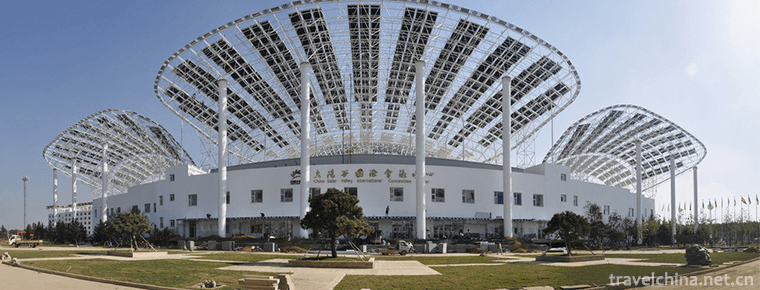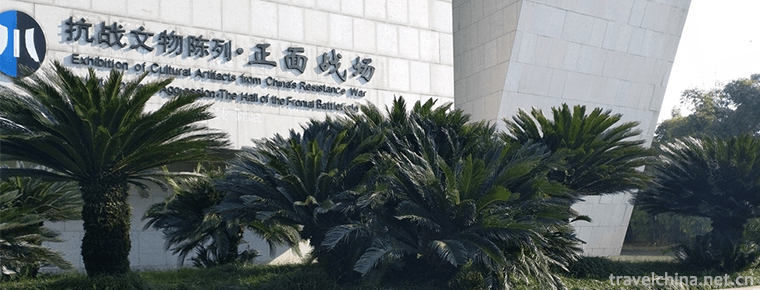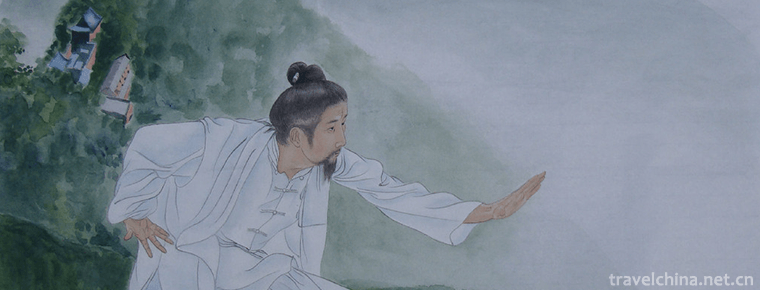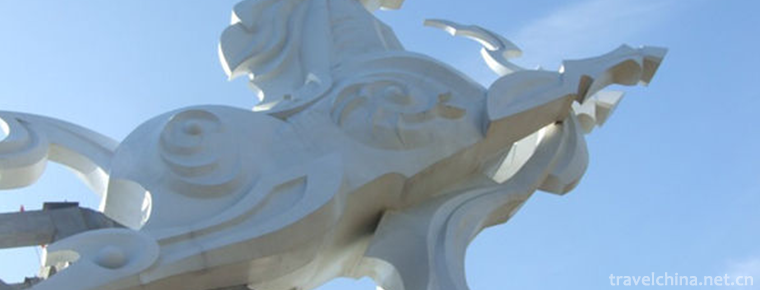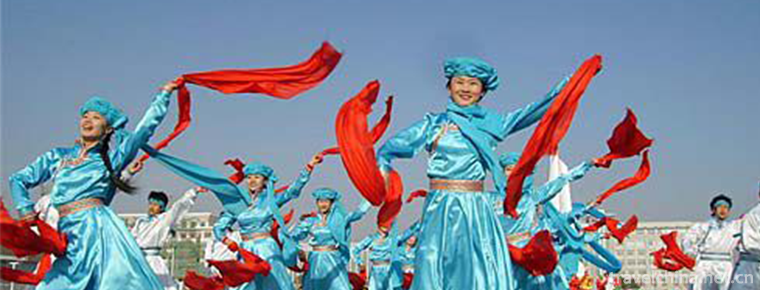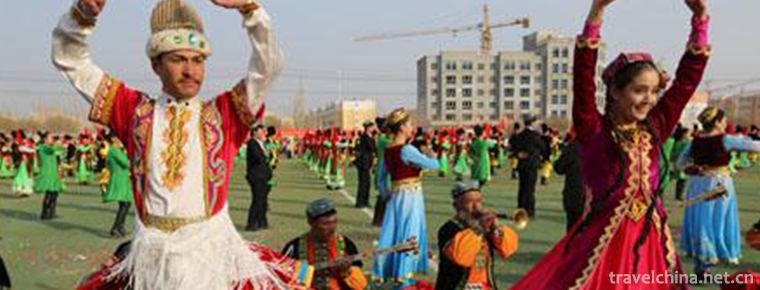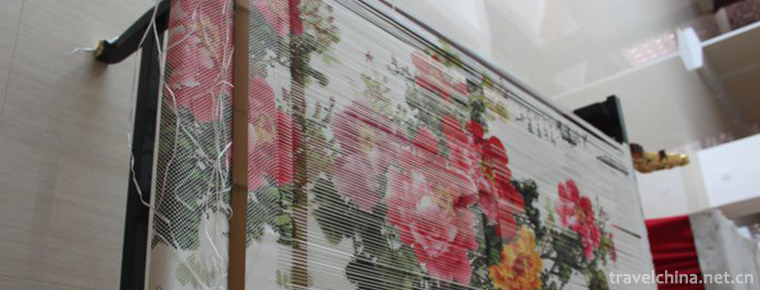Dazhou economy
Dazhou economy
In 2019, Dazhou's GDP will reach a new level, reaching 204.15 billion yuan, with a year-on-year growth of 7.7% based on comparable prices. Among them, the added value of the primary industry was 34.48 billion yuan, an increase of 2.9%; the added value of the secondary industry was 70.63 billion yuan, an increase of 9.4%; the added value of the tertiary industry (service industry) was 99.04 billion yuan, an increase of 8.4%.
In the whole year, the added value of private economy in the whole city reached 126.268 billion yuan, an increase of 7.8%, accounting for 61.9% of GDP, contributing 68.3% to GDP growth, and driving GDP growth by 5.3%. Among them, the added value of the primary industry was 9.305 billion yuan, down 4.5%; the added value of the secondary industry was 54.78 billion yuan, an increase of 9.4%; the added value of the tertiary industry was 62.183 billion yuan, an increase of 8.6%.
The total investment in fixed assets reached 140.43 billion yuan, an increase of 12.3% on the same basis. Among them, state-owned investment reached 84.916 billion yuan, an increase of 8.3%; private investment completed 55.126 billion yuan, an increase of 19.3%. In terms of industries, the investment in the primary industry was 6.596 billion yuan, an increase of 12.1%; the investment in the secondary industry was 28.235 billion yuan, an increase of 1.8%; the investment in the tertiary industry was 105.211 billion yuan, an increase of 15.6%.
The consumer price index (CPI) rose 3.1% year-on-year in the whole year and remained stable. Among them, food, tobacco and alcohol increased by 8.4%, housing increased by 4.6%, medical and health care increased by 1.2%, education, culture and entertainment increased by 0.4%, daily necessities and services increased by 0.3%, transportation and communication decreased by 1.2%, and clothing decreased by 3.2%. The producer price index (PPI) of industrial products rose by 0.9% in the whole year.

Dazhou economy
-
Yin and yang
There are three characteristics of yin yang philosophy: unity, opposition and interaction. In thinking, it is an inseparable node of arithmetic and divination.
Views: 388 Time 2018-11-13 -
Zepkin Lake Yang National Forest Park
Zepujin Lake Poplar National Forest Park is located 36 kilometers southwest of Zepu County in Yasidun Forest Farm. It is located on the upper edge of the Yerqiang River alluvial fan
Views: 179 Time 2018-12-12 -
The Peninsula Shanghai
Shanghai Peninsula Hotel is located on the Bund, which has a long history. It is the only new building on the Bund in 60 years. It can enjoy the Grand View of the Bund, Huangpu River, Pudong
Views: 265 Time 2018-12-16 -
Xingwen sea
Xingwenshihai is located in Xingwen County, Yibin City, Sichuan Province. It is located in the transition zone between Sichuan Basin and Yunnan-Guizhou Plateau. Its total area is about 156 square kilo
Views: 265 Time 2018-12-24 -
Chinese Sun Valley
Located in the development zone of Dezhou, Sun Valley of China is the largest base of research, development, testing, production, education and tourism of renewable energy in the world.
Views: 156 Time 2019-01-18 -
jianchuan museum cluster
Jianchuan Museum is called Jianchuan Museum Settlement in Chengdu City. Founded by private entrepreneur Fan Jianchuan, it is located in Anren Town, Dayi County, a small museum town of China
Views: 237 Time 2019-01-21 -
Eight Diagrams Palm
The Eight Diagrams Palm, also known as the Traveling Eight Diagrams Palm and the Eight Diagrams Linked Palm, is a traditional Chinese boxing with the main changes of palm method and walking.
Views: 199 Time 2019-04-02 -
Legend of White Horse Dragging
The legend of white horse dragging rein is spread in Baima Temple in Jincheng, Shanxi Province. Baima Temple Mountain was originally named Sima Mountain
Views: 205 Time 2019-04-03 -
Panda Dance
Panda dance is a traditional dance originating in Jiuzhaigou County. Every year on the 15th and 16th of the first lunar month, some of the Baima Tibetans wear panda masks to exorcise evil spirits.
Views: 128 Time 2019-04-26 -
Andai Dance of Mongolian Nationality
Andai Dance originated from the Kulun Banner. According to textual research, Andai Dance was formed in the late Ming and early Qing Dynasty. At that time, the Kulun system was "the unity of polit
Views: 164 Time 2019-06-03 -
Sama Dance
Sama dance is a kind of folk dance that the Uygur working people dance together during the New Year's Festival. Its movements are simple and powerful. It is mainly popular in Kashgar and Shache of Sou
Views: 138 Time 2019-06-12 -
Yongchun Paper Weaving Painting
"Yongchun County Chronicle" records: "In the early Tang Dynasty, Yongchun had the production of paper-woven paintings. Yongchun paper weaving painting features: interwoven paper marks,
Views: 189 Time 2019-07-14

